Black Bellied Whistling Ducks, also known as Black Bellied Tree Ducks are quite common in the wild and originate from Central and South America and Panama. They have migrated to parts of the United States such as Texas and Louisiana and are slowly expanding north.
Black Bellied Whistling Ducks have a distinctive “goose-like” appearance, showing off a longer neck and legs and a shorter tail. They have a black belly and chestnut-colored chest area which is contrasted by their pink bills and legs and long white wing stripes. The average body weight of adults is from 1.4 pounds to 2.2 pounds with an approximate body length of 19 to 22 inches. The males and females of this breed look quite similar, with juveniles having a duller plumage or feather coloring. These birds have a tendency to stand more erect than other breeds of ducks and do not walk with a waddle. As their name suggests, the Black Bellied Whistling Ducks have a unique and distinctive call, omitting more of a whistle than a quacking sound and can be quite vocal.
Black Bellied Whistling Ducks are noted for being quite tame, even outside of captivity, and are a great choice for beginners. They commonly roost and nest in hollow trees and feed on a variety of plants, but also consume plant material and smaller aquatic animals, as well as a standard waterfowl feed. They feed mostly at night but sometimes will feed during the daylight hours on shallow water sources. In an aviary setting, they will do quite well. You will want to provide plenty of smaller trees, bushes, and a fresh water source.
Black Bellied Whistling Ducks are highly gregarious with most pairings lasting for several years. Although they prefer to make their nests in hollowed-out trees, they will use nest boxes that are at least 24″ off the ground, or even build their nest on the ground if necessary. Both parents will share most of the duties, including incubation of the eggs. Ducklings will emerge from the nest only a few days after hatching and will eat immediately, but will stay with the parents for as long as 8 weeks.
Be the first to review “BLACK BELLIED WHISTLING DUCK YEARLING PAIR” Cancel reply
Related products
Ducks
Ducks


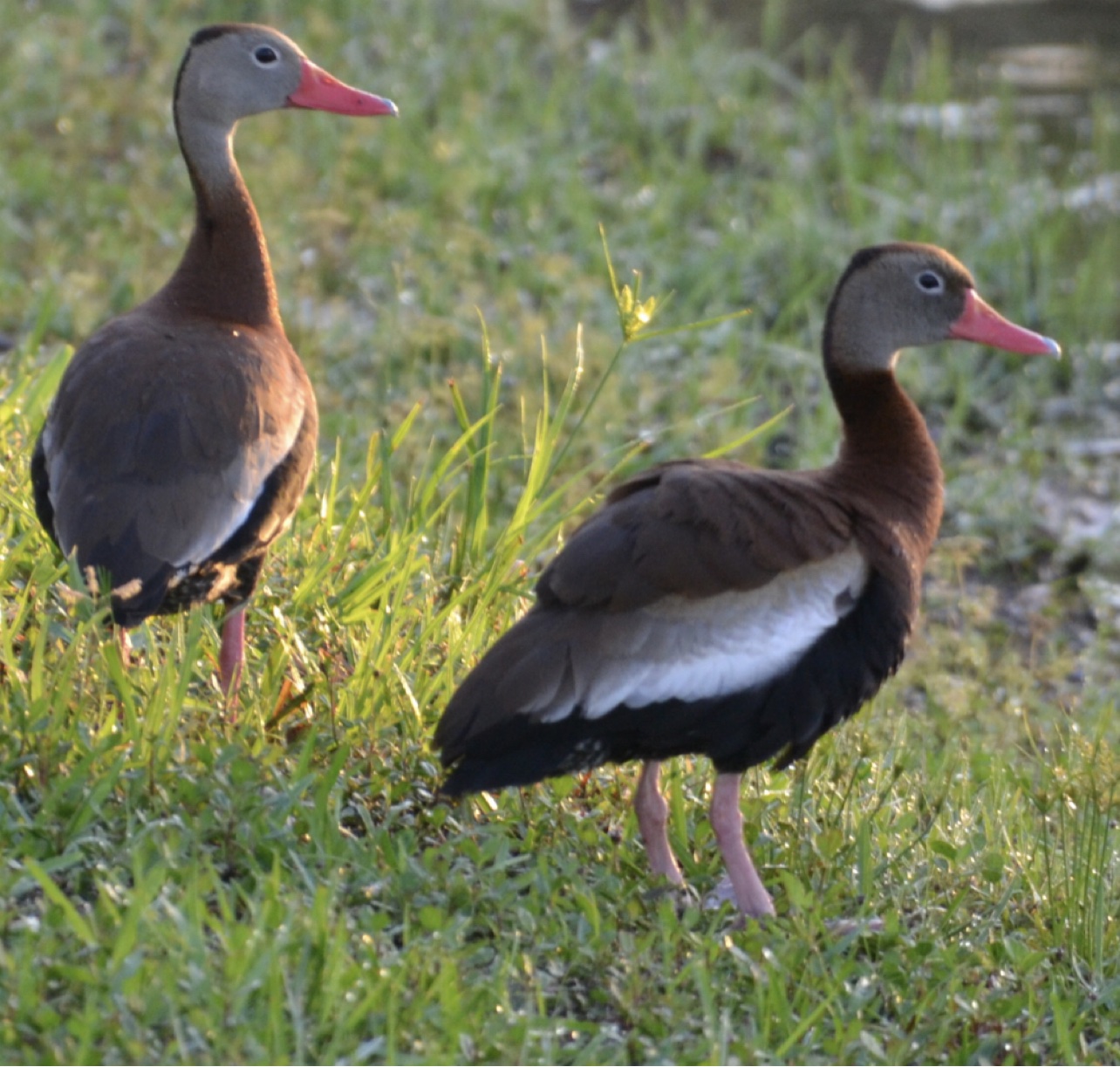
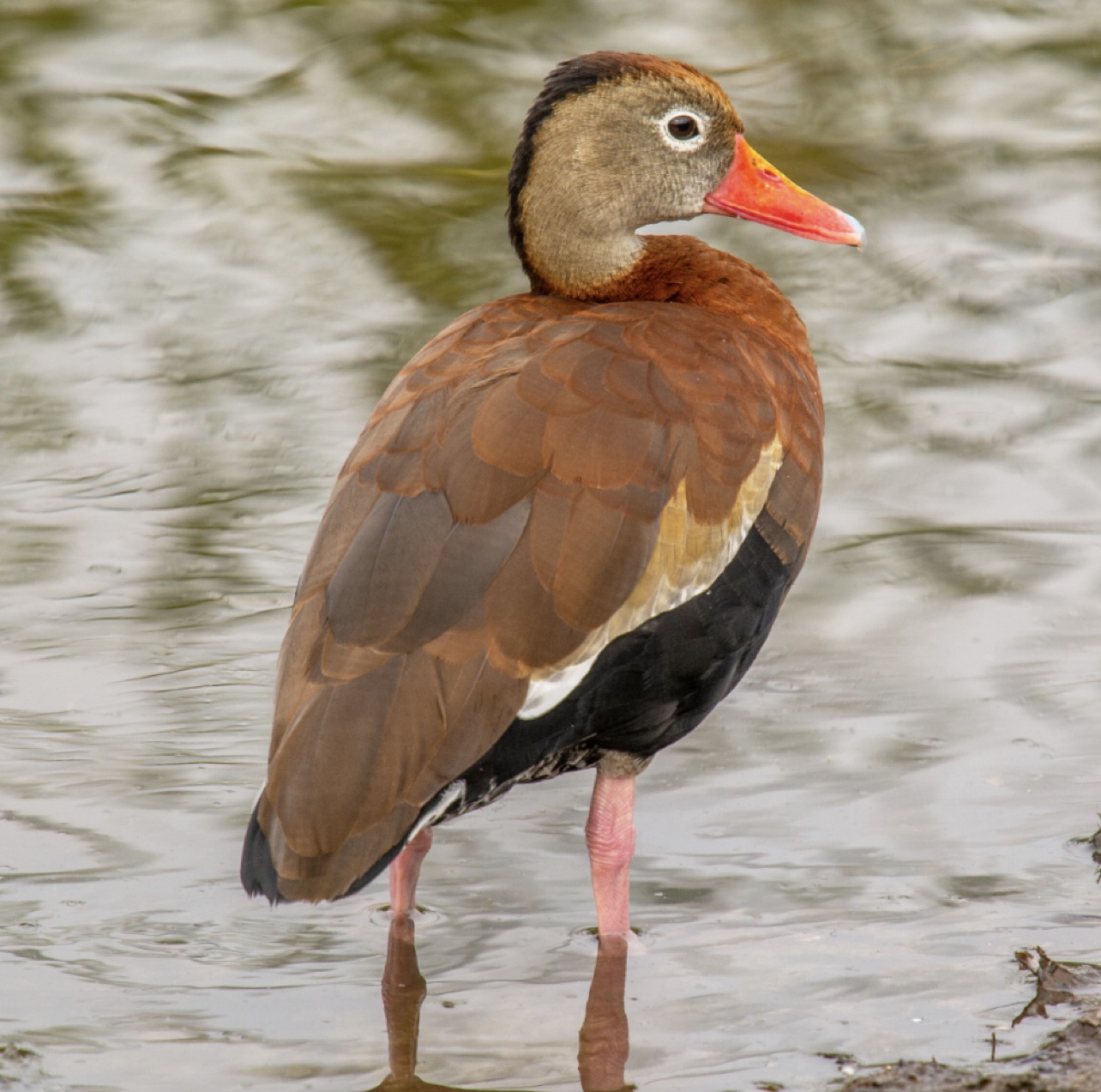
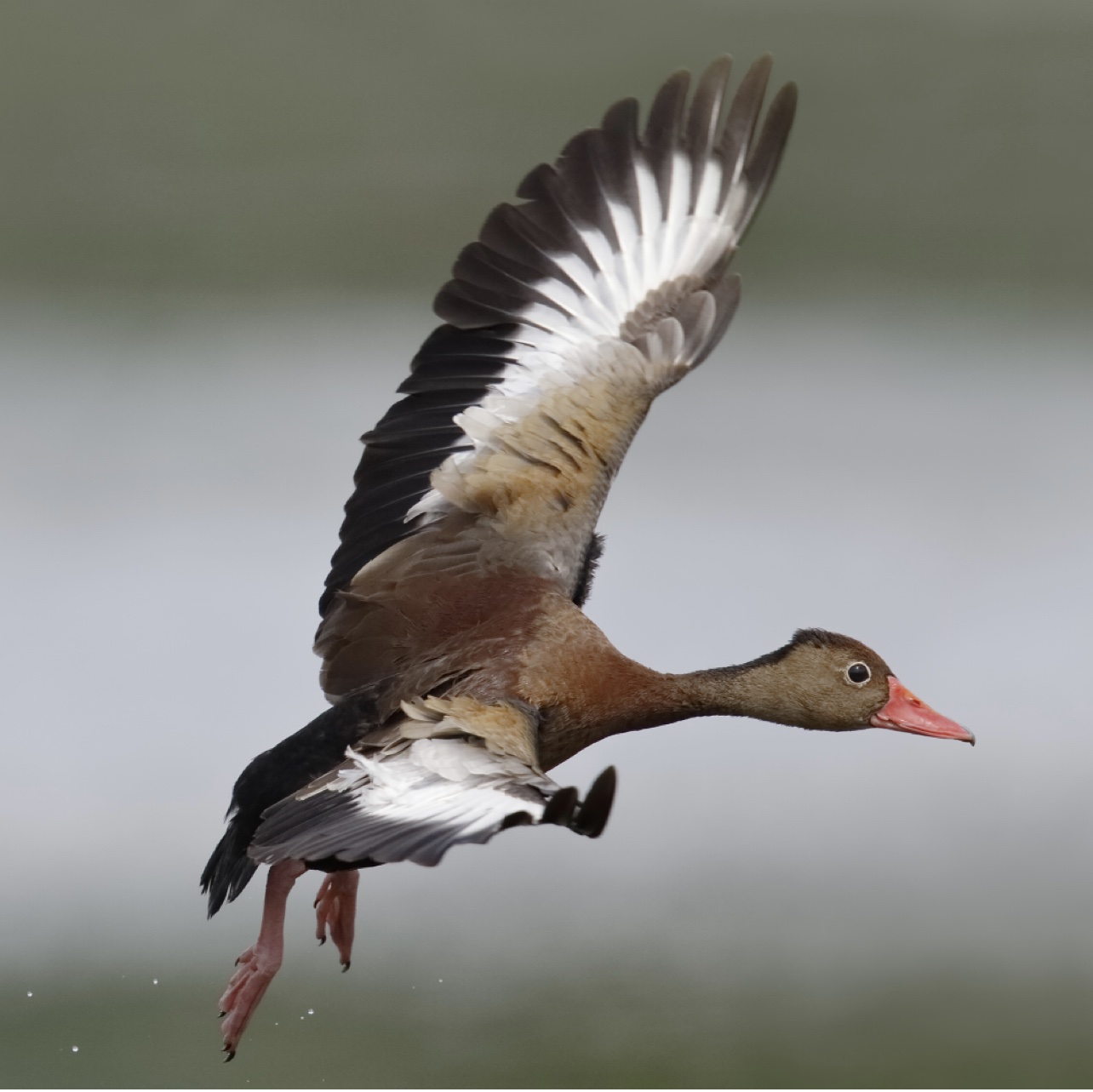
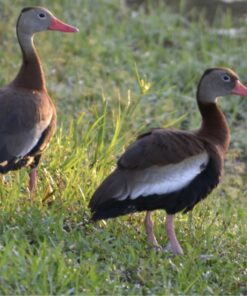
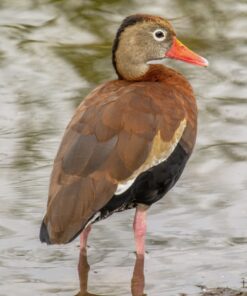
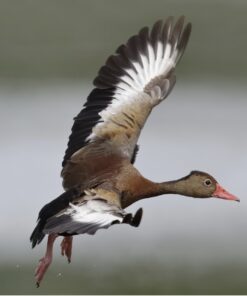
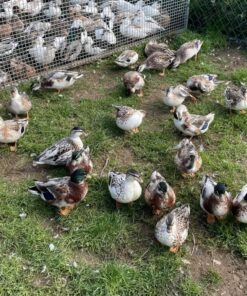
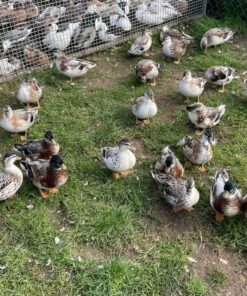
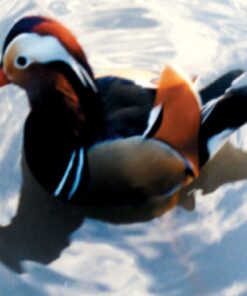
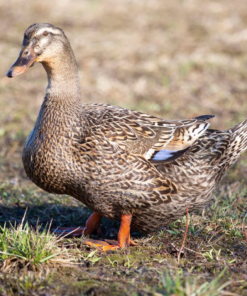
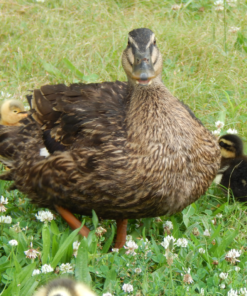
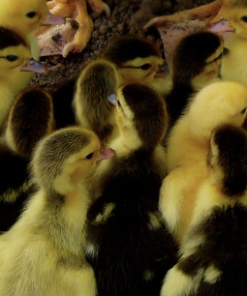
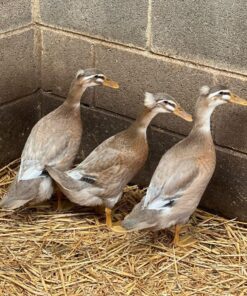
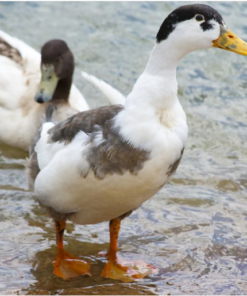
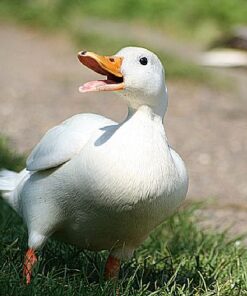
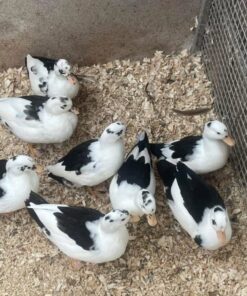
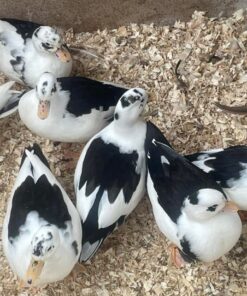
Reviews
There are no reviews yet.